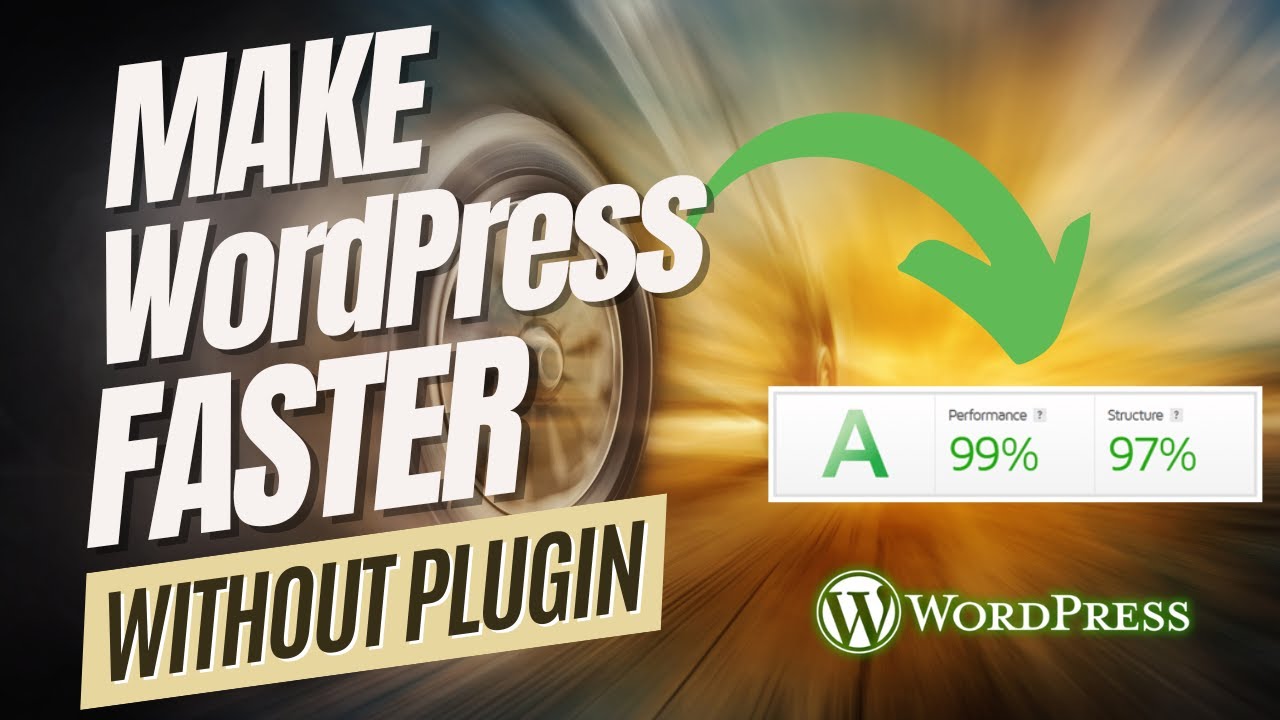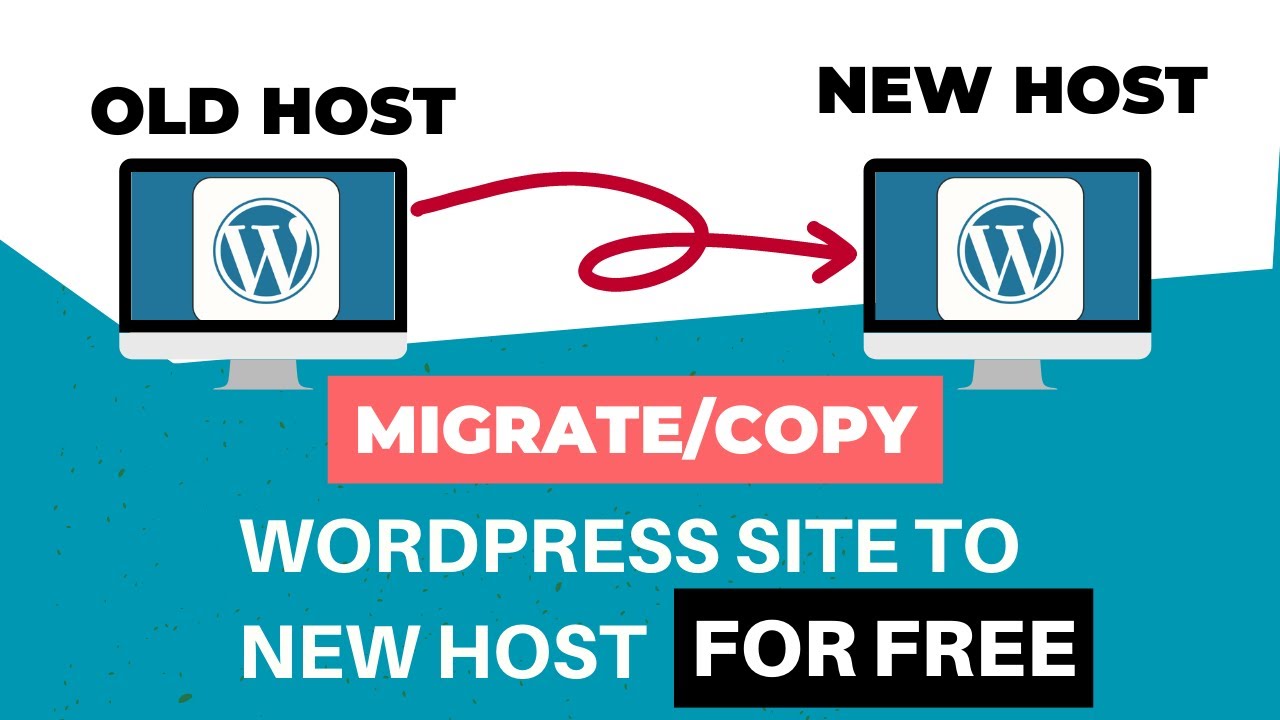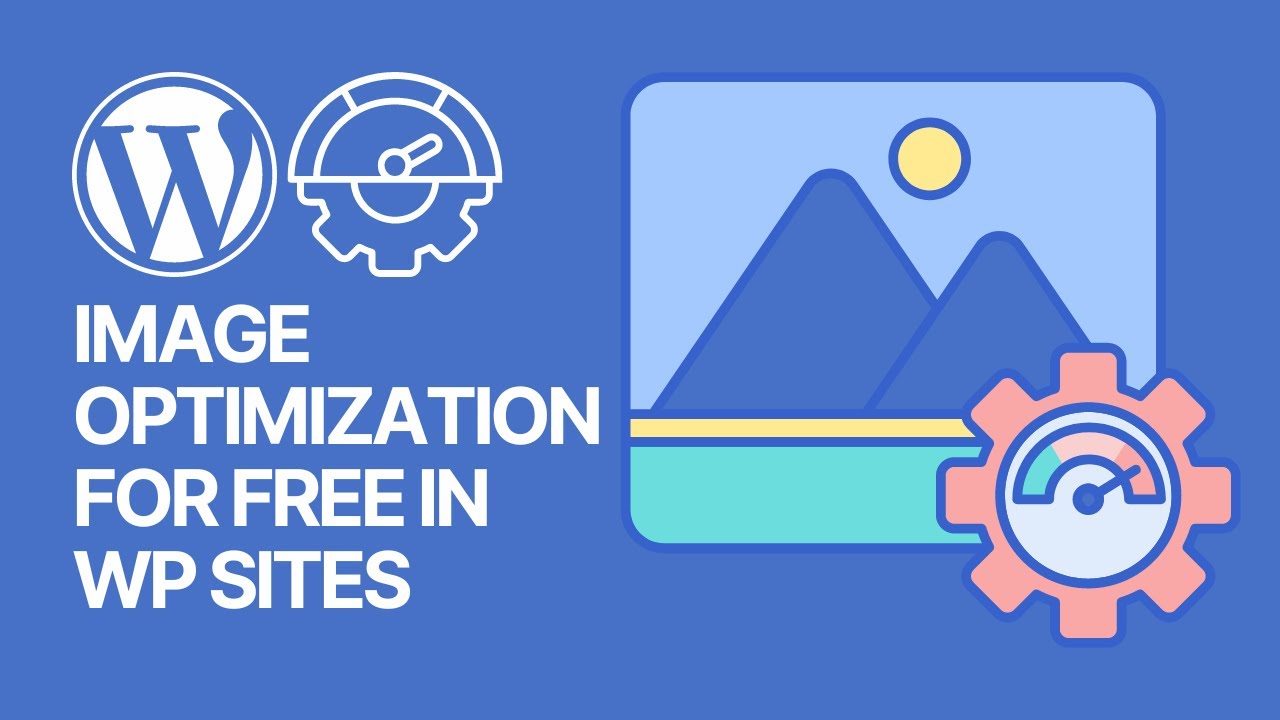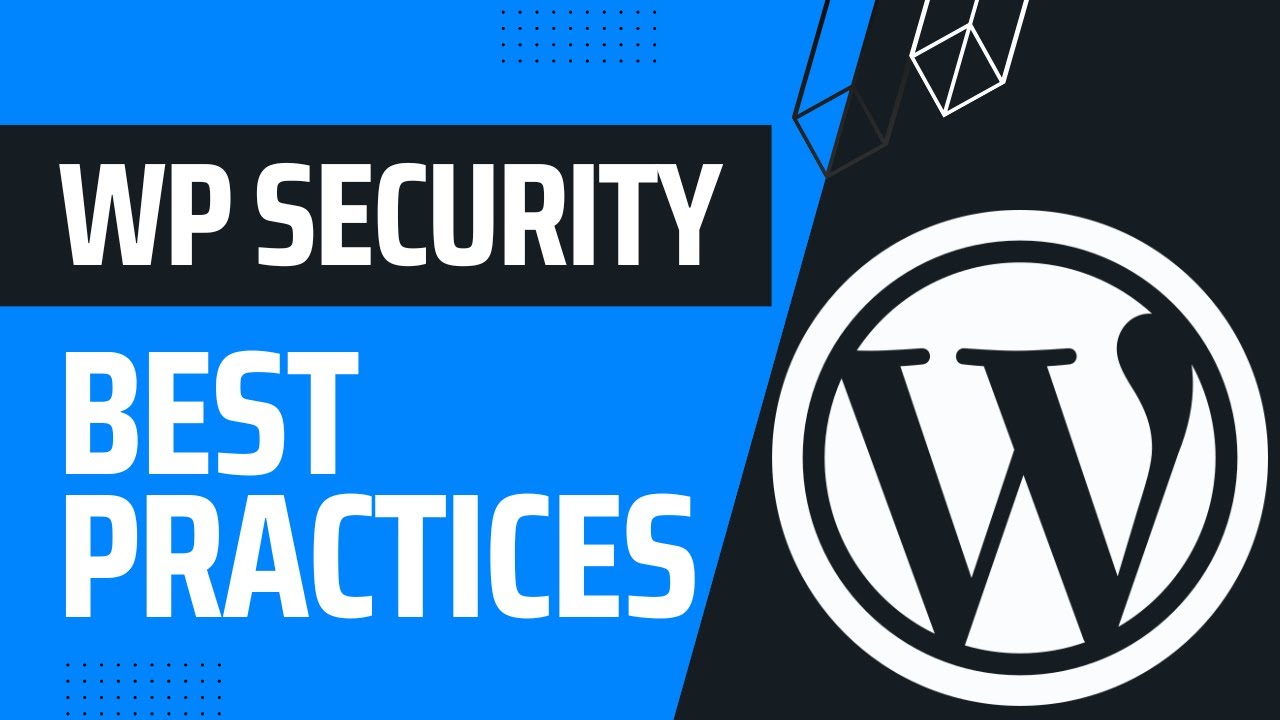WordPress is the world’s most popular content management system (CMS), powering over 43% of all websites. One of the biggest reasons for its success is the ability to extend functionality through plugins.
Plugins act like apps for your website. They allow you to add features without coding — from SEO optimization and caching to contact forms and e-commerce. But to take advantage of this flexibility, you need to know how to install them correctly.
For beginners, the idea of “installing a plugin” might sound technical. For advanced users, it’s often about choosing the best method: installing from the dashboard, uploading a .zip file, or using FTP. Each method has its own use cases, pros, and limitations.
In this guide, we’ll cover:
- What plugins are and why they matter.
- Three main ways to install WordPress plugins.
- Step-by-step instructions for each method.
- Troubleshooting common plugin installation errors.
- Best practices to keep your website safe and optimized.
- Frequently asked questions about WordPress plugins.
By the end, you’ll have a complete understanding of plugin installation, whether you’re running a personal blog, a business site, or an e-commerce store.
What Are WordPress Plugins?
Plugins are small pieces of software designed to extend the core WordPress system. Think of WordPress as the foundation of a house — plugins are the furniture, appliances, and extra rooms that make the house more functional and comfortable.
Examples of what plugins can do include:
- SEO Optimization (e.g., Yoast SEO, Rank Math).
- E-commerce (e.g., WooCommerce, Easy Digital Downloads).
- Performance & Caching (e.g., W3 Total Cache, WP Rocket).
- Security (e.g., Wordfence, iThemes Security).
- Design Enhancements (e.g., Elementor, Beaver Builder).
There are two primary sources of plugins:
- Free Plugins – Available from the WordPress plugin directory.
- Premium Plugins – Sold by developers or marketplaces, often downloaded as a .zip file.
Some plugins follow the GPL license model (like those found on GPLCache), allowing redistribution. Knowing how to install both free and premium plugins gives you flexibility and power.
Prerequisites Before Installing Plugins
Before you install a plugin, ensure:
- You have administrator access to your WordPress site.
- Your WordPress version and PHP version are up to date.
- You have a backup (in case something goes wrong).
- You understand the potential performance impact of plugins.
Method 1: Install Plugins from the WordPress Dashboard (Beginner-Friendly)
This method is the easiest and most popular, ideal for installing free plugins from the official WordPress.org directory.
Step 1: Log in
Visit yoursite.com/wp-admin and log in.
Step 2: Access the Plugin Menu
Go to Plugins > Add New.
Step 3: Search for the Plugin
Type the name of the plugin (e.g., “Yoast SEO”) or a keyword (e.g., “SEO”).
Step 4: Install the Plugin
Click Install Now next to the plugin of your choice.
Step 5: Activate the Plugin
Once installed, click Activate.
Example: Installing Yoast SEO
- Search “Yoast SEO.”
- Click Install Now.
- Activate it.
- A new SEO tab will appear in your dashboard.
Pros:
- Beginner-friendly.
- Plugins are vetted by WordPress.org.
- Updates handled automatically.
Cons:
- Only works for free plugins.
- No support for .zip premium files.
Method 2: Install Plugins by Uploading a .ZIP File
This method is used for premium or third-party plugins not available in the WordPress directory.
Step 1: Download the Plugin File
Get the plugin .zip file from the developer’s website or a trusted GPL provider.
Step 2: Upload in WordPress
- Go to Plugins > Add New > Upload Plugin.
- Choose the .zip file.
- Click Install Now.
Step 3: Activate
Click Activate Plugin once installed.
Example: Installing Elementor Pro
- Download the Elementor Pro .zip file.
- Upload it in the WordPress plugin uploader.
- Activate it.
- Enter your license key if required.
Pros:
- Works for both free and premium plugins.
- Simple, only requires access to your dashboard.
Cons:
- File upload limits may cause issues.
- Risk of malware if downloaded from untrusted sites.
Method 3: Install Plugins via FTP (Advanced)
FTP is useful when:
- The plugin file is too large for upload.
- Your host restricts uploads.
- You want manual control over files.
Step 1: Connect to FTP
Use a client like FileZilla. Enter your host, username, password, and port.
Step 2: Extract the Plugin
Unzip the plugin file on your computer.
Step 3: Upload to Plugins Folder
Navigate to /wp-content/plugins/ and upload the plugin folder.
Step 4: Activate in WordPress
Go to Plugins > Installed Plugins and activate the plugin.
Example: Installing WooCommerce via FTP
- Download and extract WooCommerce.
- Upload it to
/wp-content/plugins/woocommerce/. - Activate from dashboard.
Pros:
- Bypasses upload limits.
- Works even if dashboard upload fails.
Cons:
- More technical.
- Mistakes can break your site.
Common Problems and Fixes
1. “Exceeded Maximum File Size” Error
- Fix: Increase
upload_max_filesizein php.ini or use FTP.
2. Plugin Conflicts
- Fix: Deactivate all plugins, then activate one by one.
3. White Screen of Death
- Fix: Use FTP to delete the faulty plugin folder.
4. “The Plugin Does Not Have a Valid Header”
- Fix: Make sure you uploaded the correct folder.
5. Memory Limit Exhausted
- Fix: Increase PHP memory limit in wp-config.php.
Best Practices for Installing Plugins
- Install only what you need – fewer plugins = better performance.
- Update regularly – outdated plugins cause vulnerabilities.
- Check last update date – avoid plugins not updated in years.
- Read reviews – ratings give insight into reliability.
- Backup before adding new plugins – prevents site crashes.
- Use staging sites – test plugins before going live.
Security Considerations
- Always download from trusted sources.
- Avoid nulled plugins (they often contain malware).
- Limit plugin permissions.
- Regularly scan your site with a security plugin.
FAQs on Installing WordPress Plugins
Q1: Can I install plugins without admin access?
No. Only administrators can install plugins.
Q2: How many plugins can I install?
There’s no strict limit, but too many plugins can slow your site. Focus on quality over quantity.
Q3: Can I install a plugin on WordPress.com?
Not unless you’re on the WordPress.com Business Plan. For full control, use self-hosted WordPress.org.
Q4: What happens if I delete a plugin?
Deleting removes the files, but some plugins leave data in your database. Use a cleanup tool if needed.
Q5: Do inactive plugins slow down WordPress?
Inactive plugins don’t load, but they can be a security risk. Delete what you don’t use.
Final Thoughts
Knowing how to install WordPress plugins gives you full control over customizing your site. Whether you’re a beginner using the dashboard, a professional uploading premium plugins, or a developer managing files via FTP, you now understand every method available.
- Use the dashboard method for free plugins.
- Use the upload method for premium plugins.
- Use FTP when you need full control.
Combine this knowledge with best practices — updating, backing up, and choosing trusted sources — and you’ll avoid the common pitfalls that frustrate many beginners.
WordPress plugins are what make a simple blog turn into a powerful business platform. Install them wisely, and your website will grow stronger with each feature you add.








